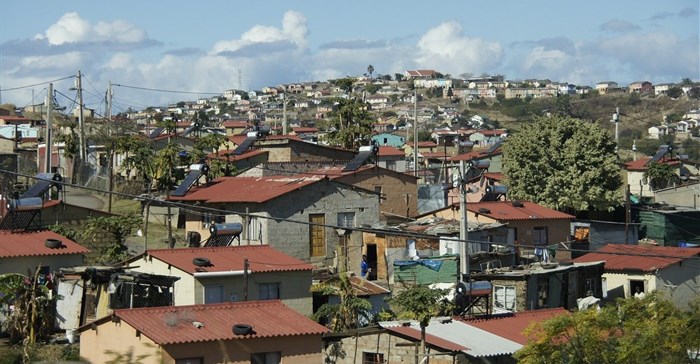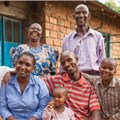At least 110-million of the 600-million people still living without access to electricity in Africa live in urban areas. Most are within a stone throw from existing power grid infrastructure.
In Nigeria, Tanzania, Ghana and Liberia alone there are up to 95-million people living in urban areas. All in close proximity to the grid. In Kenya about 70% of off-grid homes are located within 1.2km of a power line. And estimates for “under-the-grid” populations across sub-Saharan Africa range from 61% to 78%.
Besides energy access being crucial for many basic human needs, these underserved populations represent a massive commercial opportunity for cash-strapped sub-Saharan African utilities. Electricity providers could reach tens of millions of densely packed customers without the cost of a last-mile rural grid extension.
So, why aren’t these potential consumers connected to the formal grid?
Urban communities often face many challenges in obtaining electricity access. These range from the prohibitively high cost of a connection, to the challenges of informal housing, the impact of power theft on services and socio-political marginalisation. In many cases, these obstacles are difficult to address successfully.
However, recent advances in distributed renewable energy technologies mean a more affordable, faster to deploy, cleaner alternative is at hand in Africa. One that can step in where policy and utility reforms are wanting.
Barriers to grid connections
One of the major barriers to electrification is the cost of a grid connection. A grid connection in Kenya, for instance, is estimated at $400 per household. This is nearly one-third of the average per capita income of a Kenyan.
Beyond pure cost barriers, urban communities often can’t access energy services for other socio-economic reasons. For instance, not being metered because they don’t have a formal address. Or living in in an area that is difficult to service – such as near flood plains or in informal housing settlements.
Corruption among electricity service providers, power theft by customers and the establishment of electricity cartels also complicates and limits electricity access.
Finally, the utilities themselves face many challenges in implementing reforms to get more people connected. Take the example of the Kenya Power and Lighting Company, which owns and operates most of the electricity transmission and distribution system. In 2015 it introduced a subsidised connection fee of $150. This was done through the Last Mile Connectivity Project. In one year, this installment-based payment plan led to a 30-fold increase in legal electricity connections in impoverished neighbourhoods.
But the project was marred by cost overruns and inflated and misreported new connection numbers. On top of this, newly connected households often have very low consumption levels and low-income customers were often unable to make payments, even at subsidised rates.
Without the necessary infrastructural development, experts argue that the programme puts a strain on the technical, commercial and financial resources of the utility. This means that the programme may find it difficult to generate revenue, recover costs or provide the service intended to new customers.
Decentralised renewables
Decentralised renewable energy technologies offer an important solution for “under-the-grid” electrification. They are simple, fast and agile. They have short installation times, and offer a reliable electricity service for informal settlements.
Pay-as-you-go solar systems and appliances, for example, can provide a much lower barrier to entry. Compared to the high upfront connection costs noted earlier in Kenya, a 15-watt solar home system costs on average $9 per month for 36 months after which point the household owns its system.
The renewable energy sector recognises this under-the-grid market. In fact, about 35% of solar lighting product sales in Kenya are made in peri-urban areas. And it’s a good bet. Evidence shows that the willingness to pay for decentralised renewables is much higher than a grid connection because they are seen as more reliable.
Policies to support decentralised technologies include: integrated energy planning that incorporates these solutions, adopting and enforcing product quality control standards and providing financial incentives – like reduced import duties for products or local loan and grant programmes.
These solutions show that with the right approach, and simple innovations, Africa’s prospective urban customers can finally get access to electricity.
 Ben Attia, a research consultant with Greentech Media, contributed to the writing of this article
Ben Attia, a research consultant with Greentech Media, contributed to the writing of this article



























